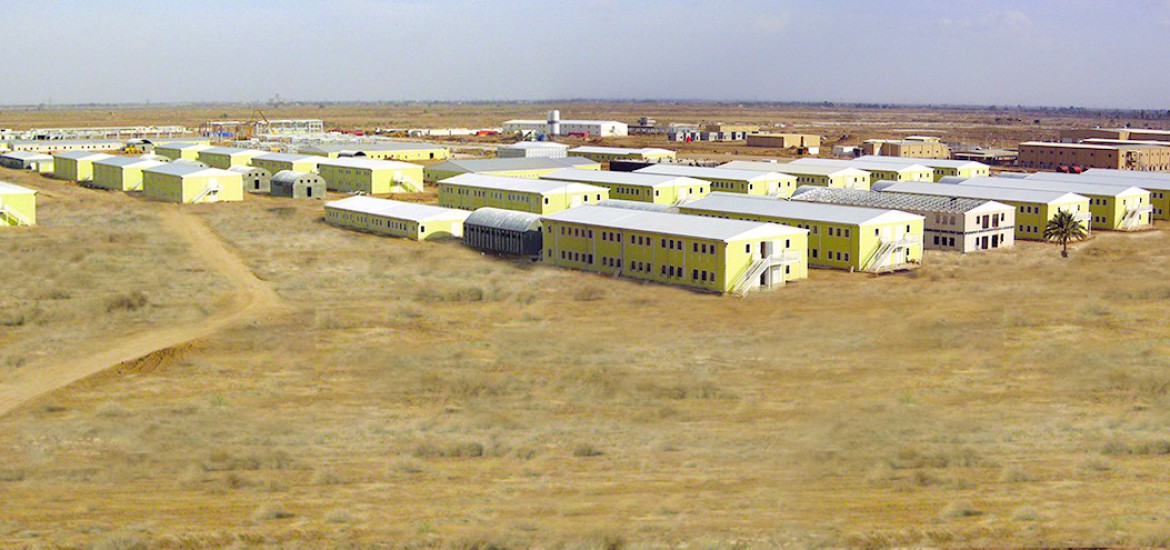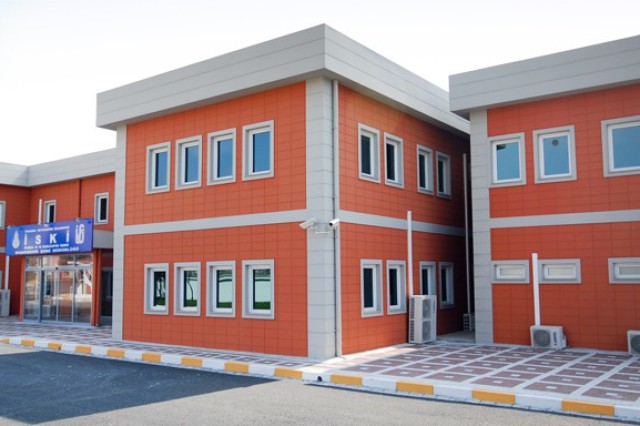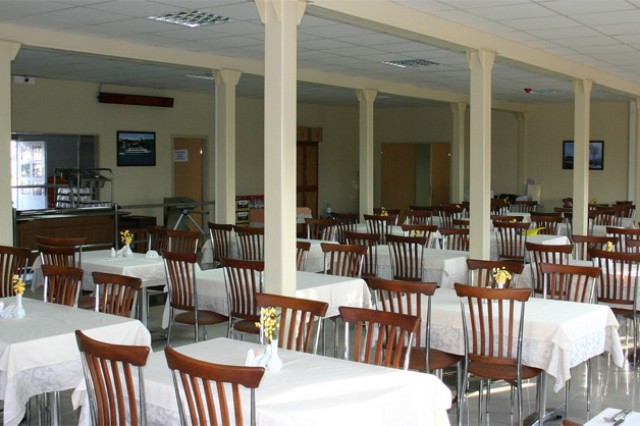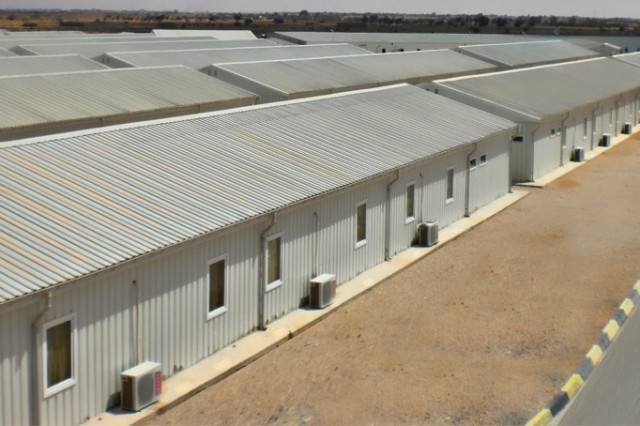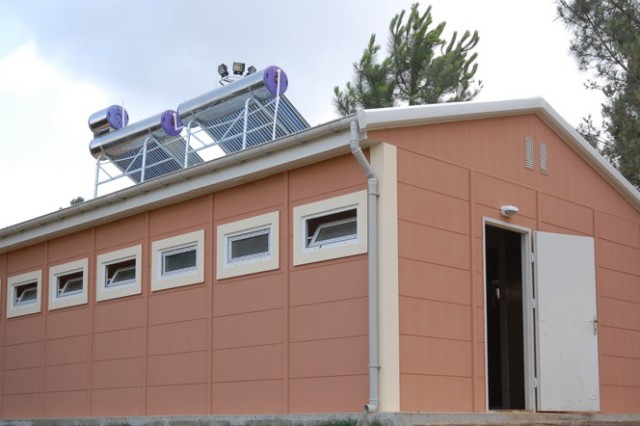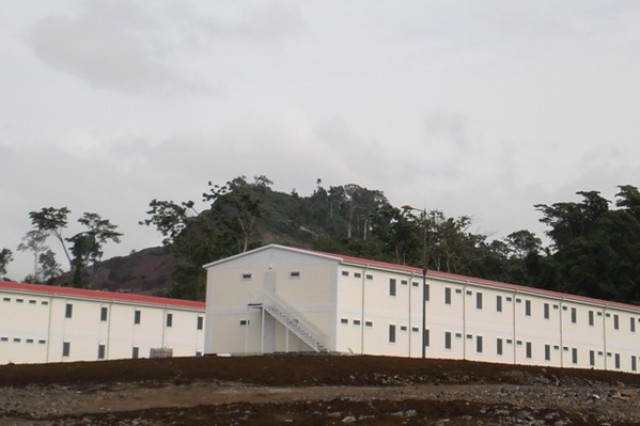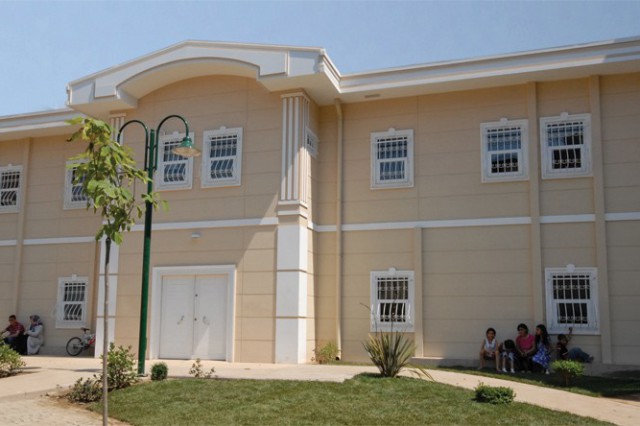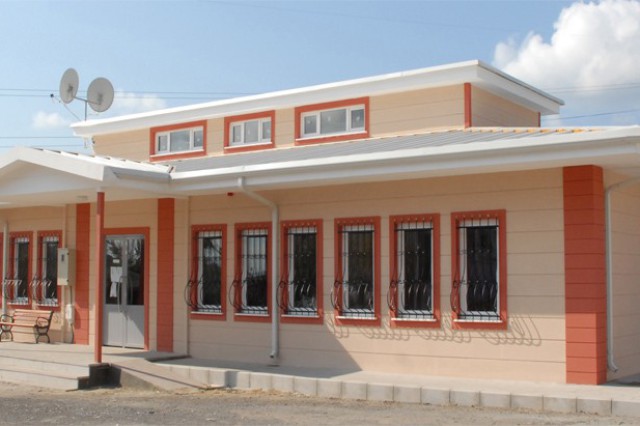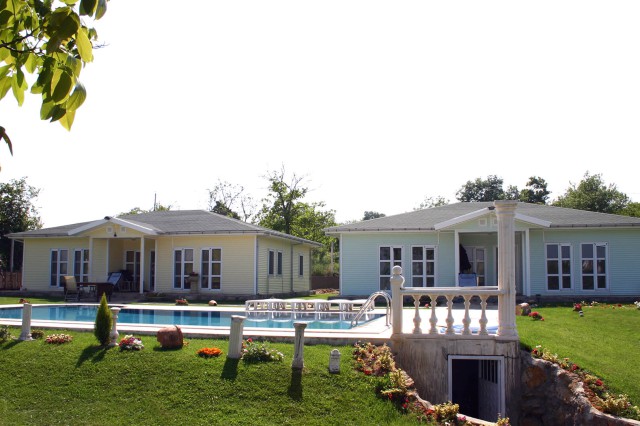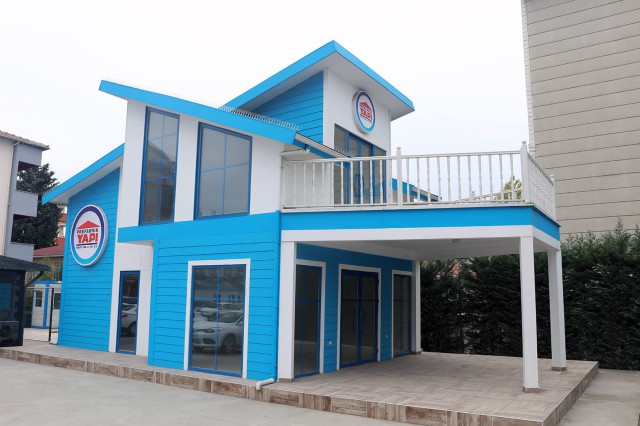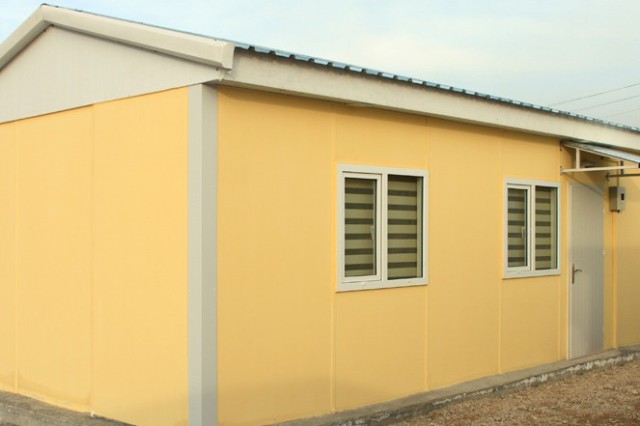Prefabricated Building
Prefabricated Buildings SystemPrefabricated Buildings
Prefabricated light constructions are mounted on the ready-prepared concrete floor. The greatest advantage of prefabricated buildings is being earthquake-resistant and light as they are steel constructions.
The short manufacturing period, providing fast mounting and having the feature to dismount and mount over and over again increase the reasons of preference for these prefabricated structures.
Prefabricated buildings are produced in required size and design. The structures can be one storey as they can be produced in two or three storeys. Product shipments are made with trucks, semi-trailer trucks, ships, freight containers, trains or cargo planes. There is no requirement for cranes in the loading and unloading of fibercement plated panel system structures. Crane is required for fibercement bolted type building and steel sheet panel system buildings. The materials are packaged proper to the international packaging and transportation rules for overseas productions.
The prefabricated buildings can be delivered with electrical and sanitary installation, paint and window glasses included as they can be delivered without them. All of the materials we use are TSE certified and most of them are ISO 9001 certified. The raw materials we use are proper to TSE and DIN norms.
The fibercement plate we use as siding material in exterior, interior, roof and mezzanine floor sidings consists of HEKIMBOARD brand of cement, silicate and cellulose fiber and ovendry produced in high pressure and heat. The deformation of the plate from temperature variance and climate conditions is prevented with this process.
A prefabricated building is a modern, efficient, and eco-friendly construction solution. Manufactured in a controlled environment, these buildings offer quick assembly, reduced costs, and high durability, making them ideal for residential, commercial, and industrial use.
Prefabricated structures are mounted on a pre-prepared flat concrete floor and are earthquake-resistant due to their lightweight steel construction. Their fast production, easy assembly, and ability to be dismantled and reassembled make them a practical choice.
These buildings are available in various sizes and designs, including single, two, or three stories.. They are loaded via trucks, ships, or cargo planes, and their packaging is compliant with international transport regulations.
All materials used are TSE and ISO 9001 certified, ensuring high quality and durability. Fibercement plates, such as HEKIMBOARD, are used for siding, offering resistance to temperature and climate conditions.
Prefabricated buildings offer a cost-effective, adaptable, and durable alternative to traditional construction methods.
Prefabricated buildings offer a cost-effective, adaptable, and durable alternative to traditional construction methods.
Prefabricated Types and Usage Areas
What Is A Prefabricated Building?
A prefabricated building is a type of structure that is manufactured off-site in a controlled environment and then transported to the installation location for assembly. These buildings are made using prefabricated building components, which include walls, floors, and roofs that are pre-built in factories. This method significantly reduces construction time and minimizes waste, making it an efficient and environmentally friendly alternative to traditional construction.
The construction of prefabricated buildings involves modern technology and high-quality prefabricated building materials to ensure durability, safety, and energy efficiency. These structures are widely used in various industries, including residential, commercial, and industrial sectors. The flexibility of prefabricated building systems allows for customization according to the specific needs of users, making them an ideal choice for many different applications.
How To Build A Prefabricated House?
Building a prefabricated house involves several key steps, starting with design and planning. The process begins with selecting the desired layout and specifications. Once the design is finalized, the prefabricated building components are manufactured in a factory under strict quality control.
After manufacturing, the components are transported to the construction site and assembled using advanced techniques. The installation process is usually quick, as most parts are pre-made and require minimal on-site modifications. Finally, utilities such as electricity, plumbing, and insulation are integrated, making the house fully functional. This method ensures faster completion, reduced labor costs, and high structural integrity.
Types Of Prefabricated Buildings
Prefabricated buildings come in various types, each designed to meet specific needs. These structures offer flexible and efficient solutions for different industries, like prefabricated offices, dormitories, dining halls, etc. Other common types include prefabricated health facilities, educational buildings, and social facilities. Whether temporary or permanent, these buildings provide cost-effective and durable alternatives to traditional construction methods.
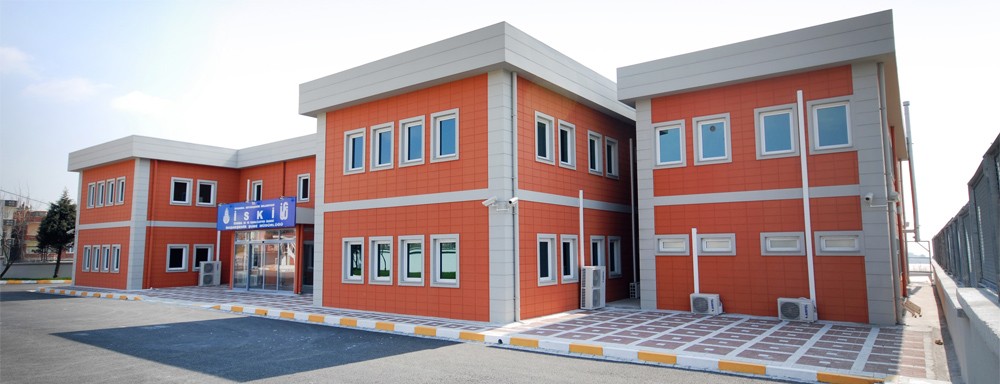
Prefabricated Office Buildings
Prefabricated office buildings are a popular choice for businesses looking for cost-effective and flexible workspace solutions. These buildings can be customized to meet specific business needs and are often used as temporary or permanent offices. They are easy to expand, relocate, and modify, making them an excellent investment for growing companies.
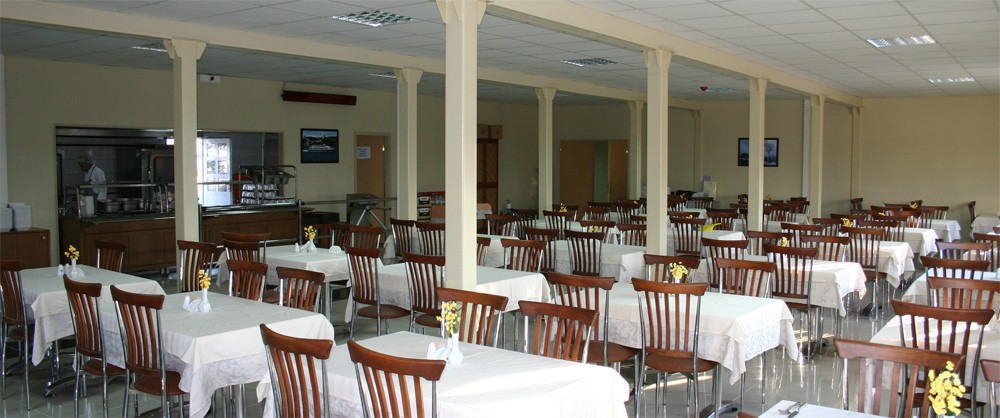
Prefabricated Dining Hall Buildings
Prefabricated dining hall buildings are designed to provide comfortable and efficient dining spaces in various settings, such as schools, workplaces, and construction sites. These structures are equipped with proper ventilation, lighting, and seating arrangements to create a pleasant dining environment. Their quick assembly and cost-effectiveness make them an ideal choice for large-scale meal service areas.

Prefabricated Dormitory Buildings
Prefabricated dormitory buildings offer a practical housing solution for workers, students, and military personnel. These buildings can accommodate multiple people in a well-organized and comfortable manner. They are commonly used in construction sites, universities, and temporary housing projects due to their affordability and rapid installation.
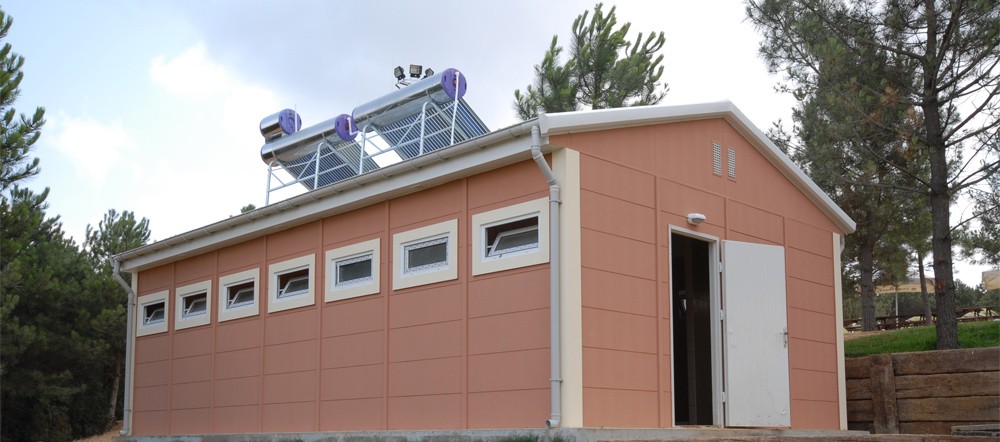
Prefabricated Wc-Shower Buildings
Prefabricated WC-shower buildings provide essential sanitary facilities in remote areas, construction sites, and temporary settlements. These structures are built with durable materials that withstand heavy usage and harsh environmental conditions. They are designed to be hygienic, easy to clean, and quick to install, ensuring proper sanitation in any location.

Prefabricated Social Facilities
Prefabricated social facilities include structures such as community centers, sports halls, and recreational areas. These buildings are used to support social and cultural activities in different communities. Their adaptability and cost-effectiveness make them a preferred option for municipalities and private organizations looking to enhance public spaces.
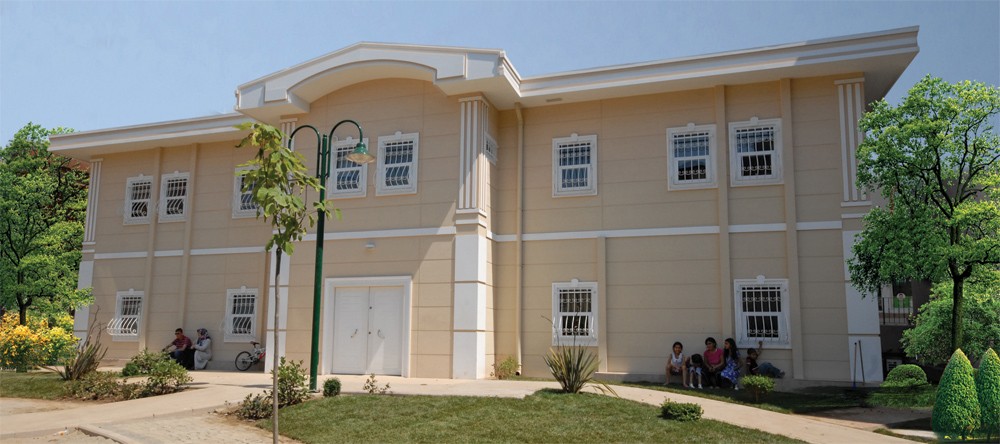
Prefabricated Health Facilities
Prefabricated health facilities are widely used in hospitals, clinics, and emergency medical centers. These buildings are designed to meet healthcare standards and can be quickly deployed in disaster zones or areas with limited medical infrastructure. They offer a safe and efficient environment for medical staff and patients.
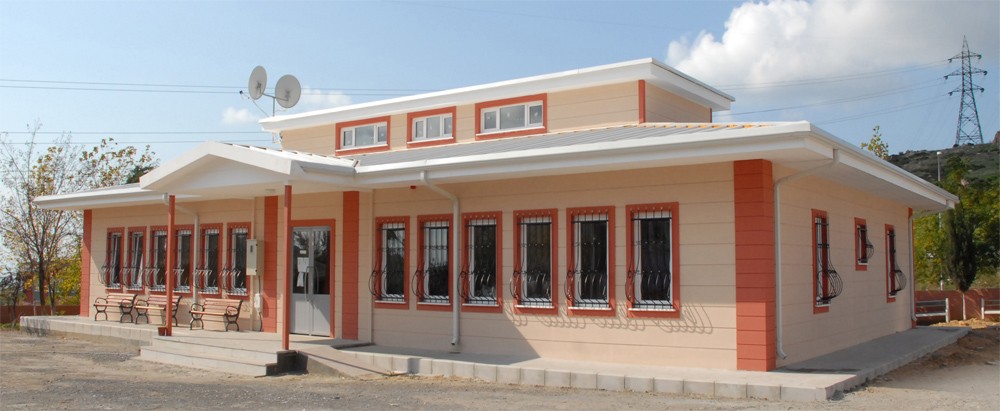
Prefabricated Educational Buildings
Prefabricated educational buildings provide schools, training centers, and universities with modern, safe, and comfortable learning environments. These structures are particularly beneficial in areas with a high demand for educational facilities or emergencies when quick construction is required. Their modular nature allows for easy expansion and modification.
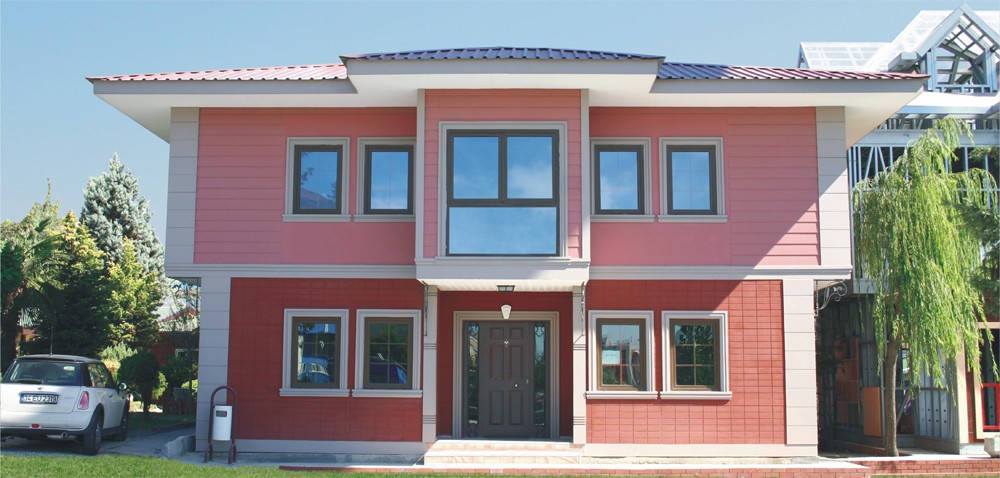
Prefabricated House
A prefabricated house is an innovative housing solution that offers affordability, durability, and sustainability. These homes are built using modular prefabricated building technology, allowing for a variety of designs and layouts. Homeowners can customize their living spaces while benefiting from reduced construction time and lower costs compared to traditional houses.
Advantages Of Prefabricated Buildings
The advantages of prefabricated buildings make them an attractive alternative to conventional construction. One of the main benefits is the speed of construction. Since most of the work is completed in a factory setting, on-site assembly takes significantly less time, reducing labor costs and project duration.
Another key advantage is cost-effectiveness. The prefabricated building cost is generally lower than traditional construction due to reduced material waste, efficient labor use, and streamlined manufacturing processes. Additionally, prefabricated buildings are environmentally friendly, as they generate less construction waste and often incorporate sustainable materials. Their energy-efficient design also helps reduce long-term operational costs.
Prefabricated Building Cost
The prefabricated building cost varies depending on factors such as size, design, materials, and location. Generally, prefabricated buildings are more affordable than traditional structures due to reduced labor expenses and faster construction times. The use of prefabricated building materials also plays a significant role in determining the final cost.
Customization options, such as additional insulation, high-end finishes, or smart technology integration, can increase the overall price. However, even with these customizations, prefabricated buildings remain a cost-effective solution for various applications.
Prefabricated Building Prices
The prices of prefabricated buildings depend on multiple factors, including design complexity, transportation costs, and assembly requirements. In the prefabricated buildings UK market, prices range based on local regulations and material availability.
Prefabricated Buildings For Sale UK
Many prefabricated buildings for sale in the UK, cater to different needs such as offices, homes, and commercial spaces. Buyers can choose from standard designs or opt for fully customized structures. The availability of prefabricated modular buildings allows for flexibility in design and functionality, making them a popular choice in the UK market.
Materials Used In Prefabricated Buildings
The prefabricated building materials used in construction play a crucial role in ensuring durability and efficiency. Common materials include prefabricated steel buildings, which provide high strength and resistance to extreme weather conditions. Steel is a preferred choice for industrial and commercial structures due to its longevity and low maintenance requirements.
Other materials include wood, concrete, and composite panels, each offering unique benefits. Wood is often used for residential modular prefabricated buildings, while concrete panels provide excellent insulation and fire resistance. Choosing the right materials is essential for meeting specific project requirements.
Usage Areas of Prefabricated Buildings
The versatility of prefabricated buildings makes them suitable for a wide range of applications. They are commonly used in residential projects, commercial establishments, healthcare facilities, and educational institutions. The construction of prefabricated buildings is also widely utilized in temporary and emergency housing projects.
Additionally, government agencies and military organizations use prefabricated modular buildings for operational bases and training facilities. Their adaptability and efficiency make prefabricated buildings a preferred choice for various industries, offering long-lasting and cost-effective solutions.

